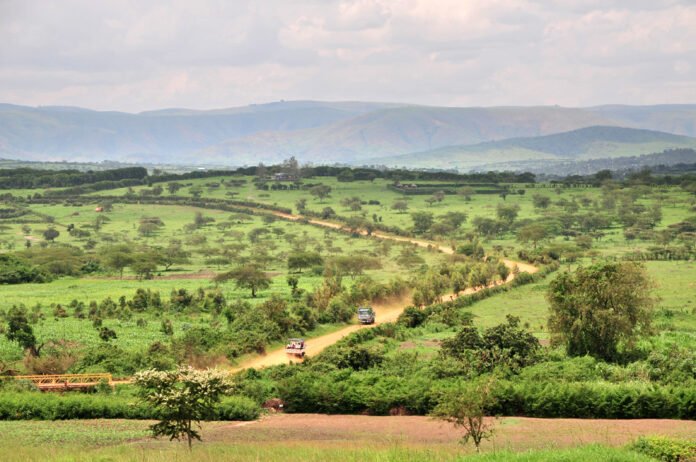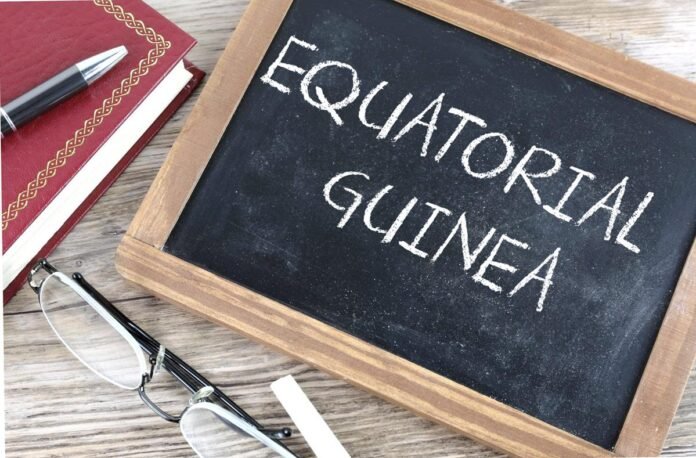Somalia’s health insurance system is evolving, with both public and private sectors contributing to healthcare financing and delivery, albeit in markedly different ways. While both sectors aim to improve access to medical services, they differ significantly in scope, funding mechanisms, target populations, and service models.
Differences
1. Structure and Funding:
The public health sector in Somalia operates primarily through donor-supported programs managed by the Federal Ministry of Health (FMoH). Key initiatives like the Essential Package of Health Services (EPHS) and the Universal Health Coverage (UHC) Roadmap focus on delivering basic and preventive care, especially maternal and child health, nutrition, and infectious disease control. These services are typically offered free or at highly subsidized rates.
In contrast, private health insurance is funded through individual or group premiums. Companies like Baraka Takaful, Takaful Insurance, and Amanah Insurance offer formal insurance products, most of which are Islamic (Takaful) models. These cover a broader range of services, including inpatient and outpatient care, chronic disease management, and emergencies. While private insurance offers more comprehensive options, it is largely unaffordable for most Somalis.
2. Target Population:
Public health services primarily serve the general population, with a strong emphasis on vulnerable groups such as children, pregnant women, and those in rural or conflict-affected areas. Meanwhile, private insurance is market-driven, targeting urban middle-income earners and some government employees under donor-funded arrangements. The reach of private insurance is very limited, with less than 2% of the population enrolled.
3. Service Delivery Model:
Public healthcare relies on government clinics, hospitals, and community health workers, often under-resourced and dependent on external aid. The private sector, on the other hand, dominates curative care—providing roughly 80% of health services—through private hospitals and clinics, often of higher quality but more expensive and less regulated.
Similarities
Despite their differences, both public and private insurance systems share common goals and challenges.
1. Commitment to Access and Affordability:
Both sectors aim to increase access to healthcare. The public sector does so through free or subsidized essential services, while newer private initiatives like Baraka Takaful are trying to offer affordable, community-based insurance plans tailored to local economic realities.
2. Role of Donors and External Partners:
Whether public or private, many health initiatives in Somalia rely heavily on international donors and NGOs for funding, technical assistance, or implementation. Some private insurance schemes even cover select public employees through donor-funded partnerships.
3. Islamic Principles in Coverage Models:
A notable convergence is the use of Sharia-compliant (Takaful) insurance models in the private sector, aligning with the cultural and religious values of the Somali population. While public programs do not explicitly follow Islamic models, they also strive for equitable, need-based care, reflecting similar underlying values.
Conclusion
In summary, Somalia’s public and private health insurance systems are distinct but complementary. Public initiatives focus on universal, essential care with heavy donor support, while private insurers offer targeted, more comprehensive packages to a small, mostly urban population. Despite structural differences, both systems strive toward broader health coverage and share a reliance on external support and a culturally relevant framework. The future of Somali healthcare likely depends on how these two sectors can evolve and integrate to create a more inclusive and sustainable national health system.
Top Public Health Insurances in Somalia
Somalia’s healthcare system is currently in a phase of development and rebuilding following decades of conflict and political instability. Unlike many countries with centralized national health insurance programs, Somalia lacks a fully established national public health insurance system. Most healthcare services are funded out-of-pocket, by NGOs, international aid organizations, or local community support systems. However, recent efforts—especially from the Federal Government of Somalia and regional administrations—have begun to lay the groundwork for more structured public health programs, especially in urban centers like Mogadishu, Hargeisa, and Garowe.
At present, there is only one officially recognized public health coverage initiative operating on a national level in Somalia:
1. Essential Package of Health Services (EPHS) – Public Healthcare Framework(Official Website: https://moh.gov.so/so/wp-content/uploads/2022/11/Health-Sector-Strategy-Plan-III.pdf)
Cost:
The EPHS is provided free of charge at the point of care to users. Funded primarily by international partners such as WHO, UNICEF, and the Somali Ministry of Health, EPHS seeks to ensure that every Somali citizen, especially in rural and underserved areas, has access to a basic level of healthcare.
Available Services / Coverage Features:
EPHS focuses on the most urgent and life-saving medical needs through a structured, tiered care system. Coverage includes:
- Maternal and newborn care
- Immunizations (including polio, measles, and diphtheria)
- Nutrition services for children and pregnant women
- Management of communicable diseases like tuberculosis, malaria, and HIV
- Mental health support and basic surgical interventions in district hospitals
- Water, sanitation, and hygiene (WASH) education and support
These services are made available through a four-tiered delivery model: Health Posts, Health Centres, Primary Hospitals, and Regional Hospitals.
Open for All or Limited:
EPHS is open to all Somali nationals and residents, with special focus on vulnerable populations including pregnant women, children under five, internally displaced persons (IDPs), and people living in extreme poverty. However, access may be geographically limited due to security challenges and logistical constraints in rural or conflict-affected areas.
Core Financial Features:
As a donor-funded program, EPHS is not based on contributions from citizens. Its budget is allocated through pooled donor funds and implemented by government partners and NGOs. The system does not include copayments, deductibles, or premium contributions from users. Instead, funding is managed at the policy level to support nationwide primary health infrastructure and medical supplies.
Consumer Satisfaction Score:
Quantitative consumer satisfaction scores are not systematically collected due to limited administrative infrastructure, but anecdotal reports and field studies by WHO and UNICEF suggest a moderate to high satisfaction level in areas where EPHS is fully implemented. Most appreciation comes from accessibility to maternal health and vaccination services. However, limitations in drug availability and staffing shortages affect satisfaction in remote or under-resourced districts.
Top Private Health Insurances in Somalia
Somalia’s private health insurance sector is relatively nascent, owing to decades of political instability, underdeveloped financial infrastructure, and a largely informal economy. As a result, private health insurance options are limited, and the majority of Somalis continue to pay out-of-pocket for medical services or rely on humanitarian aid. However, with increasing urbanization and economic growth—particularly in Mogadishu, Hargeisa, and Bosaso—some private insurance initiatives and health financing schemes have emerged, mostly targeting middle- and upper-income households, businesses, and diaspora-backed individuals.
Currently, there are two notable private health insurance providers operating in Somalia with some level of formal structure and services.
1. Takaful Insurance of Africa – Somalia Branch(Official Website: https://www.takaafulafrica.so)
Cost:
Premiums vary based on the type of plan and number of dependents. For individual basic coverage, premiums start around $150 to $250 USD per year, with higher-tier plans ranging up to $500+ annually. Group packages for businesses are available at discounted rates.
Available Services / Coverage Features:
Takaful offers Sharia-compliant health coverage through cooperative (mutual) risk-sharing models. Coverage typically includes:
- Outpatient and inpatient care
- Emergency services
- Limited maternity care
- Diagnostic services
- Surgical procedures
- Pharmaceuticals (within set limits)
Open for All or Limited:
Open to Somali nationals and residents, though primarily marketed to middle-income families, business owners, and expatriates. Plans are often purchased via employer schemes or direct registration in urban centers.
Core Financial Features:
Operates on an Islamic cooperative insurance model, where members contribute to a shared fund (Tabarru’) and are eligible for support when in need. Surpluses are redistributed, not taken as profit. Co-payments and annual claim limits apply depending on the plan tier.
Consumer Satisfaction Score:
Consumer trust in Takaful is relatively high among those who are enrolled, particularly due to its ethical financial model and growing footprint across Somali cities. Estimated satisfaction is around 70–80%, though challenges with hospital network reach and delayed claims processing are noted.
2. Premier Insurance Company Ltd – Health Plan (Mogadishu)(Official Website: https://www.picl.gi)
Cost:
Premier offers individual and family health packages with premiums starting from $200 per year, depending on age and pre-existing conditions. Custom plans for companies and NGOs are available.
Available Services / Coverage Features:
- General medical consultations
- Emergency medical services
- Hospitalization and surgery
- Diagnostic imaging
- Prescribed medications
- Optional dental and optical add-ons
Open for All or Limited:
Primarily available to urban clients, NGO workers, and corporate clients in Mogadishu and select southern regions. Not yet widely accessible in rural areas.
Core Financial Features:
Premium-based insurance with annual coverage limits. Some plans include deductibles and co-pays, while corporate accounts may receive direct billing agreements with local clinics and hospitals.
Consumer Satisfaction Score:
Consumer satisfaction is moderate (approx. 60–70%), with praise for responsiveness but some concern over coverage limitations and reimbursement delays. Limited awareness and network constraints affect perception.
READ MORE: Private and public health insurance of Rwanda (Make informed choices)


